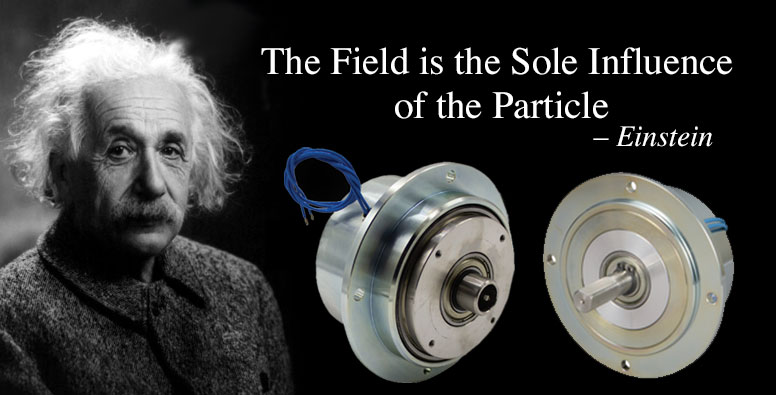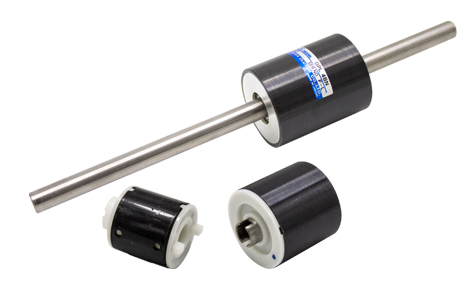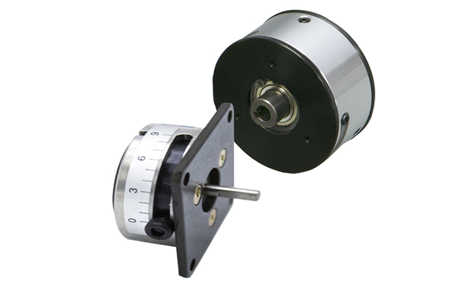
How does power influence torque?
Without getting too deep, this quote carries weight with common electromagnetic components used in web tensioning, coil winding, thermal printers, packaging, bottling, and overload protection applications. In magnetic particle clutches and brakes, electric current is applied to the magnetic coil (field) and that current attracts small metallic particles to create clutch or brake torque.
Power applied to the field coil produces electromagnetic flux. That flux travels from the rotor to the stator by means of tiny magnetic particles spread throughout the space or cavity. These particles are attracted to each other to create a chain between the rotor and stator. That "chain" creates torque in the clutch or brake.
The torque is very consistent based on the current applied over steady voltage, remembering the formula P=V*I. The torque is independent of slip speed making in useful in unwind and rewind applications where the roll changes diameter thus varying the speed. Also, torque is very linear when charted versus current, making it an excellent choice for end product quality, reduced manufacturing scrap, and greater productivity. Torque is very repeatable and consistent.
OP series clutches and brakes range in torque from 4.4 lb-in (0.5 Nm) to 221 lb-in (25 Nm). Units are normally selected by two major criteria: torque and slip wattage. Each unit is rated for a certain slip wattage because the dragging particles generate heat and that heat needs to be dissipated. Sometimes, based on torque and speed, a unit rated for larger torque I required in order to dissipate the heat properly.
Benefits of using Ogura OP series clutches and brakes:
- Get the features you need
- Thin, compact design
- High speed capability
- Zero backlash on standard units
- Long life
- Quality


